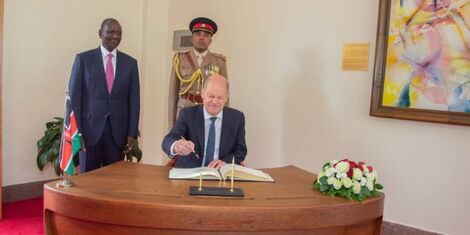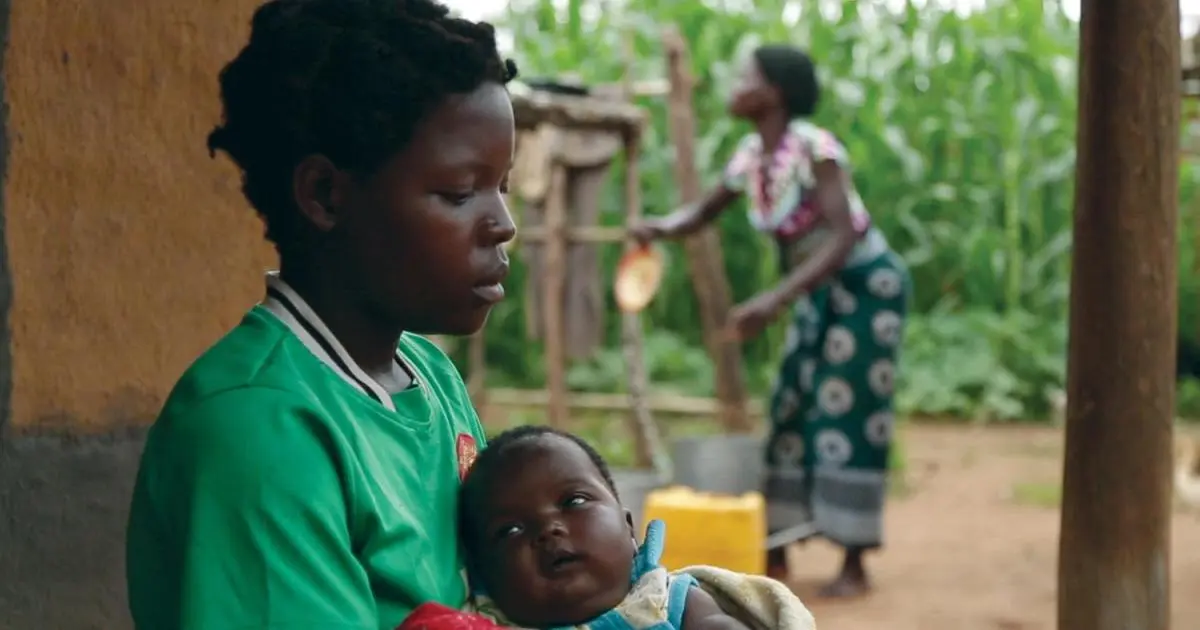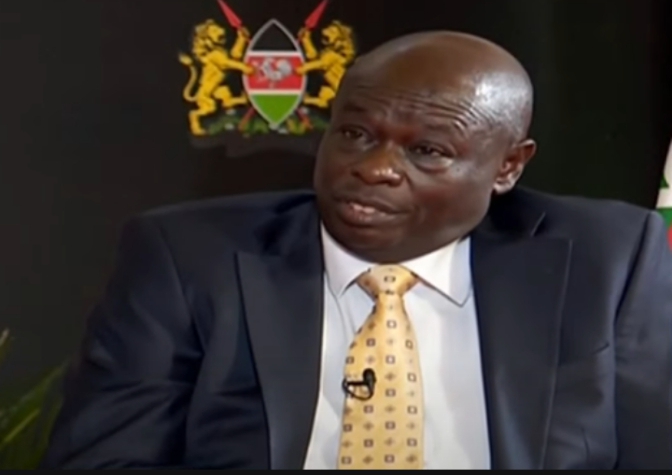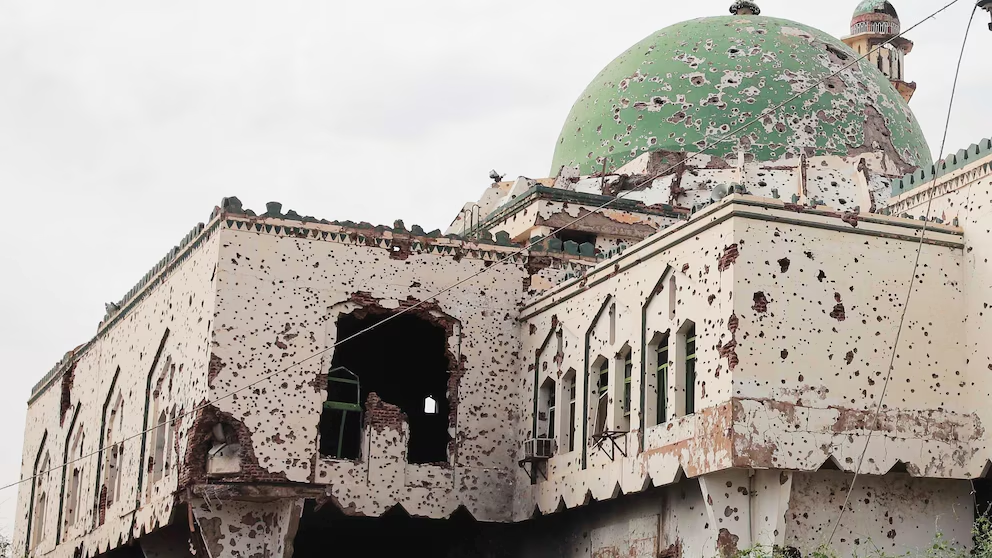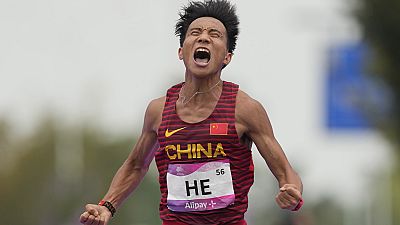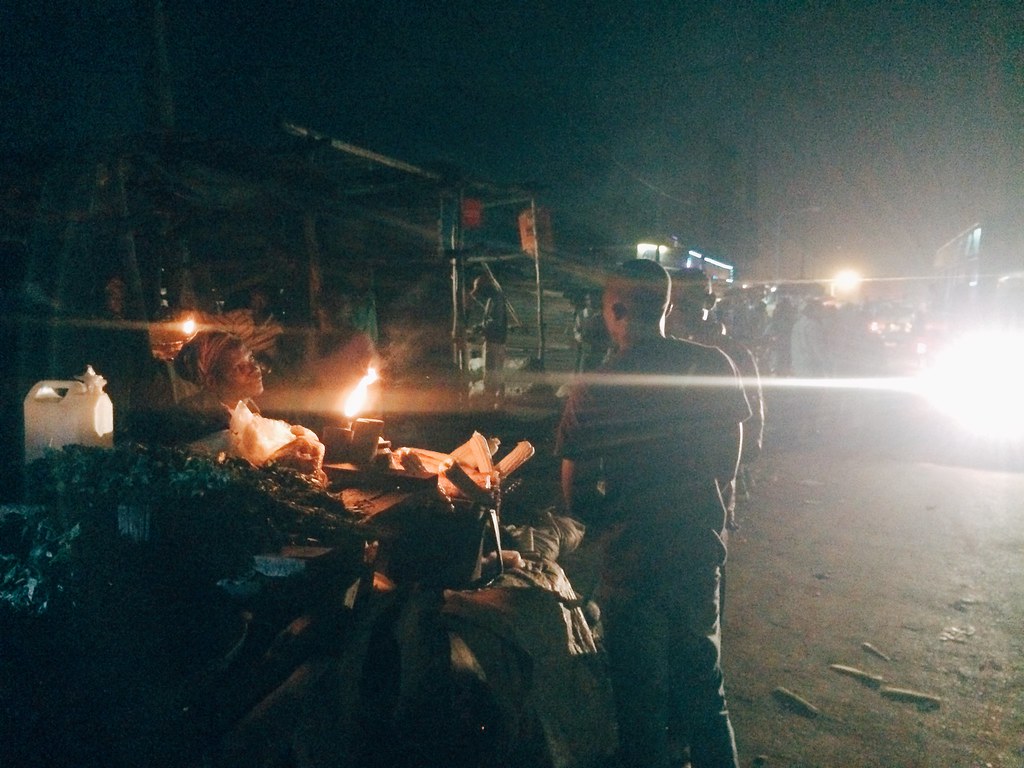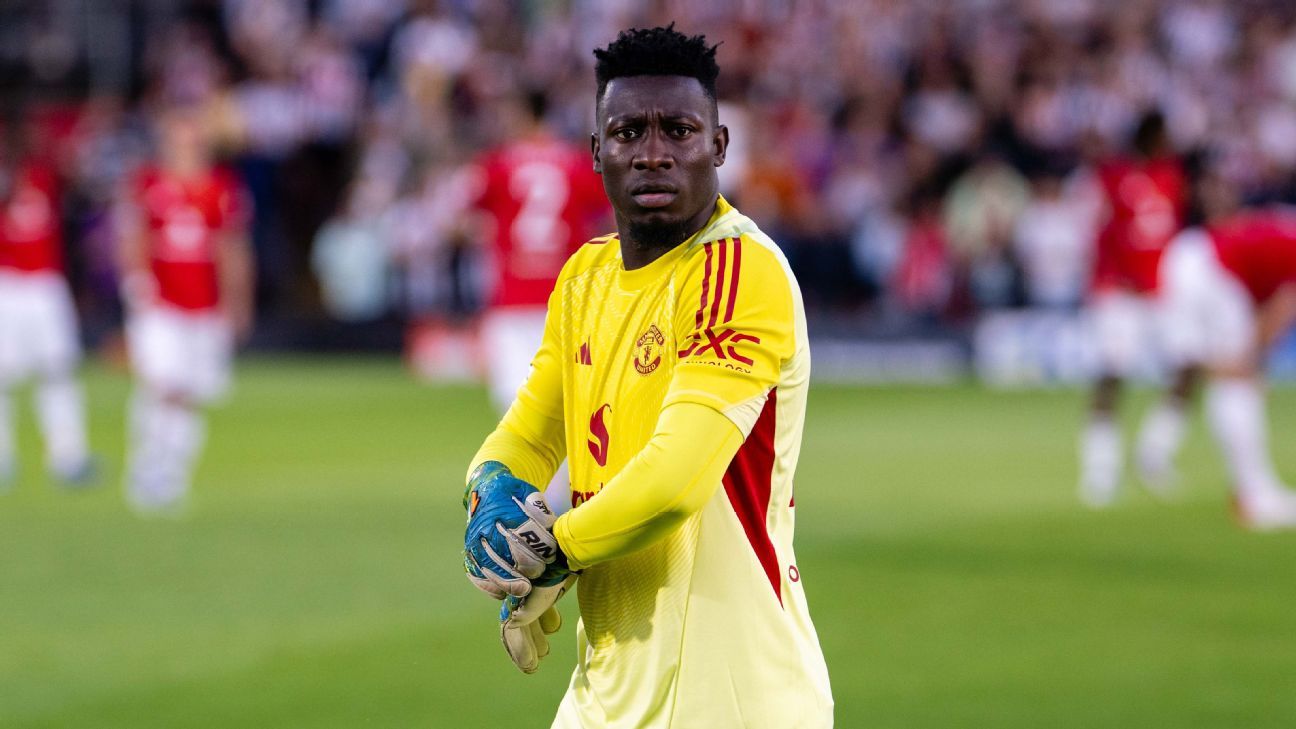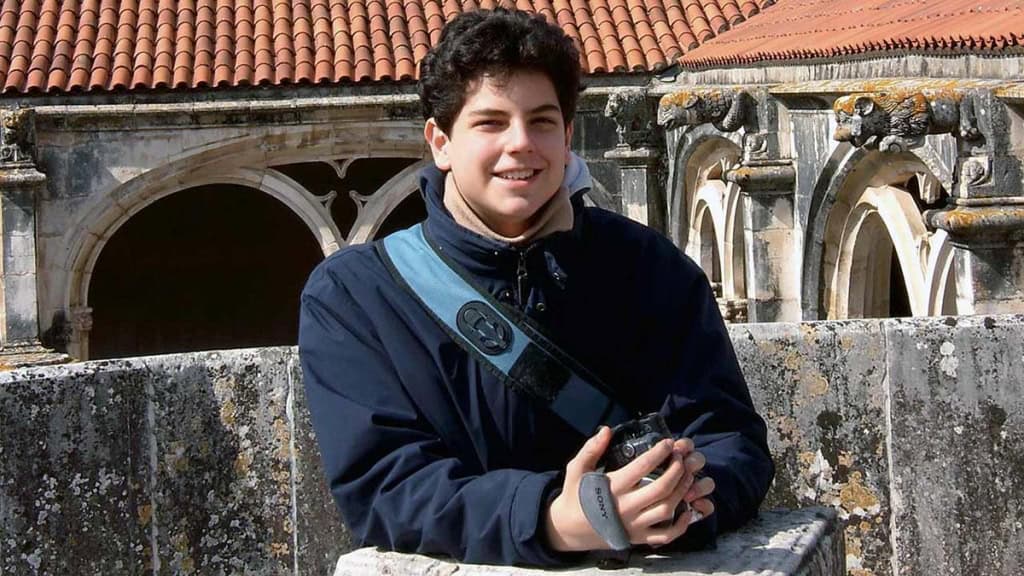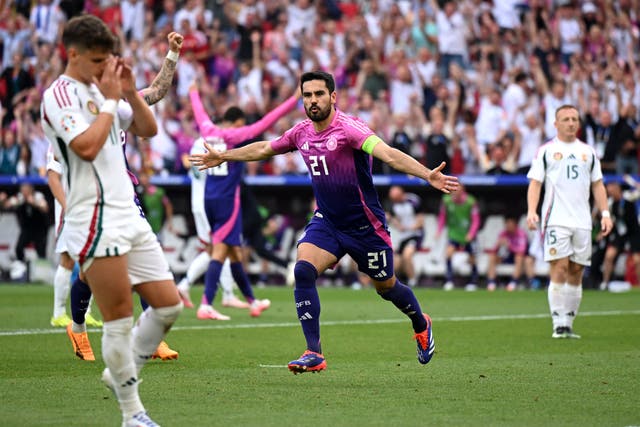South Africa is facing a new challenge in the fight against HIV/AIDS after the United States announced a $427 million funding withdrawal from the country’s health sector. The support, channeled through the U.S. President’s Emergency Plan for AIDS Relief (PEPFAR), has been a lifeline for the world’s largest HIV program for two decades.
The South African government has vowed not to let the cut cripple its HIV response, but experts warn that filling the gap will be a formidable task.
The World’s Largest HIV Epidemic
South Africa carries the highest HIV burden globally, with an estimated 7.8 million people living with the virus. Nearly 5.8 million South Africans rely on antiretroviral therapy (ART), making the national program not only the largest but also one of the most ambitious globally.
Since the early 2000s, international partnerships—especially PEPFAR and the Global Fund—have been instrumental in ensuring widespread access to medication, prevention campaigns, and HIV testing. Without this support, experts believe the epidemic would have escalated to catastrophic levels.
PEPFAR: Two Decades of Support
Launched in 2003 under former U.S. President George W. Bush, PEPFAR has become one of the most successful foreign aid programs in history. Globally, it has invested more than $100 billion, saving an estimated 25 million lives and helping to drastically reduce HIV-related deaths.
South Africa has been its largest beneficiary, receiving billions of dollars in aid. The program funded community clinics, HIV testing drives, educational campaigns, and treatment rollout at a scale no country had achieved before.
The latest withdrawal of $427 million signals a shift in U.S. foreign aid policy, with Washington emphasizing the need for middle-income countries like South Africa to take greater financial ownership of their public health programs.
Pretoria’s Response: “We Will Not Go Back”
South Africa’s Health Minister, Joe Phaahla, reassured citizens that the HIV program would not collapse despite the cuts.
“We will not allow decades of progress to be reversed. South Africans must be assured that our HIV program will continue, and we are working on strategies to safeguard treatment and prevention,” said Phaahla.
Currently, South Africa spends over $1.9 billion annually on HIV/AIDS response, with domestic funding covering nearly 80% of costs. The government insists that while the U.S. withdrawal poses challenges, the country has developed enough internal capacity to sustain its efforts.
The Risks of a Funding Gap
While the government’s commitment is strong, public health experts warn of serious risks if the funding gap is not adequately bridged.
- Treatment Disruptions: South Africa has the largest population on ART worldwide. Any interruptions could lead to drug resistance, treatment failure, and increased deaths.
- Prevention Setbacks: PEPFAR has heavily funded prevention campaigns, including condom distribution, male circumcision drives, and programs targeting young women. These could stall without consistent resources.
- Testing and Early Diagnosis: Scaling back community-based testing may mean more people living with HIV remain undiagnosed, fueling transmission.
- Strain on Public Health System: South Africa’s health sector is already under pressure from workforce shortages, tuberculosis co-infections, and limited infrastructure.
“South Africa has built an extraordinary program, but the reality is that every dollar cut means fewer people tested, treated, or supported,” noted Professor Salim Abdool Karim, a leading HIV/AIDS researcher.
Global Aid Shifts: A Sign of Things to Come
The U.S. cut is part of a broader global trend where middle-income countries are being asked to transition from donor dependency to self-reliance in health funding. While this encourages long-term sustainability, critics argue that such abrupt withdrawals risk undoing decades of progress.
Some analysts suggest that the U.S. is also reorienting its foreign policy priorities toward domestic challenges and geopolitical competition, reducing emphasis on global health leadership.
Civil Society and Advocacy Reactions
South African civil society organizations and patient advocacy groups have expressed concern about the funding gap.
“Communities cannot carry this burden alone. Without adequate resources, we risk losing momentum and seeing infections rise again,” warned the Treatment Action Campaign (TAC) in a statement.
Non-governmental organizations (NGOs) that previously relied on PEPFAR funds for operations—especially community outreach workers—now face uncertainty. These organizations have historically bridged gaps in underserved areas, providing education, counseling, and testing.
Can South Africa Fill the Gap?
To sustain momentum, South Africa will likely need a multi-pronged strategy:
- Increased Domestic Investment: Expanding health budgets and ringfencing funds for HIV/AIDS.
- Public-Private Partnerships: Leveraging corporate social responsibility programs and philanthropic funding.
- Innovative Financing Models: Exploring health bonds, insurance schemes, and social investment frameworks.
- Regional Cooperation: Partnering with neighboring countries for cost-sharing in procurement of medicines and diagnostics.
Some experts argue that South Africa’s relatively strong economy compared to many African peers means it can sustain its program—if political will remains high.
A Delicate Balancing Act
The government’s challenge is to maintain uninterrupted treatment for millions while also keeping up prevention campaigns for vulnerable groups, including adolescent girls, sex workers, and LGBTQ+ communities.
Failure to do so could reverse the hard-won decline in new infections. Between 2010 and 2022, South Africa recorded a 57% drop in new HIV infections, but progress remains fragile.
What This Means for the Worl
South Africa’s ability to sustain its HIV program without U.S. support will be closely watched globally. The country is a test case for donor transition, and its success or failure will shape how other nations approach the future of international aid.
If South Africa manages to fill the gap effectively, it could serve as a model for other high-burden countries to transition toward financial independence. If not, the rollback could trigger a rise in global HIV infections, undermining the UNAIDS 2030 target of ending AIDS as a public health threat.
The Way Forward
For now, Pretoria remains resolute. Officials insist that “South Africa will not let HIV win again.” But the coming years will test the resilience of both its health system and political leadership.
As donor landscapes shift, South Africa’s fight against HIV/AIDS is entering a new chapter—one where sustainability, innovation, and accountability will determine whether the world’s largest program continues to be a global success story.




